DAESOON NEWS
SCRIPTURAL PASSAGES
ABOUT US
We Promote the Betterment of Others and Achieve Eternal Harmony with One Another by Practicing the ‘Resolution of Grievances for Mutual Beneficence’
- Daesoon Truth is a fresh, new approach to achieving eternal peace and harmony for humanity. To accomplish this aim, Daesoon Jinrihoe advocates the practices of the ‘Resolution of Grievances (Haewon)’ and the ‘Grateful Reciprocation of Favors (Boeun)’ to foster Mutual Beneficence (Sangsaeng) all throughout the world.
Through the practice of these two principles, we could resolve accumulated grievances and grudges, have our minds become pure and clean without any greed or selfishness; just like the affectionate mind of a mother interacting with her own child, and lastly, restore our innate true conscience.
We consistently put these religious concepts into practice through our Basic Works (Propagation, Edification, & Spiritual Cultivation) and Three Major Works (Social Welfare, Education, & Charity Aid). - More
WHO WE WORSHIP
The Supreme God’s Descent into the Human World
- When facing despair and calamities, people naturally look to deities, buddhas, and bodhisattvas to find some sense of solace. Unbeknownst to humanity; however, deities, buddhas, and bodhisattvas have their own source of solace, and that is none other than the highest Celestial Worthy, the Supreme God of the Ninth Heaven, the one who presides with supreme authority over the cosmos. It was He whom they gathered and petitioned in humanity's darkest hour, and it was He who descended into the world to rectify disorder and reveal the path to an everlasting paradise. Brick by brick, this path is paved as we collectively resolve grievances and grudges, live in accordance with mutual beneficence, and serve one another in gratitude through Daesoon Jinri (Daesoon Truth) revealed by the Supreme God.
- More
WHAT IS THE ‘DAESOON JINRI’?
The Resolution of Grievance for Mutual Beneficence,
A Novel Approach to Secure Eternal Peace & Harmony for Humankind
- The ‘Great Originator and Creator, the Lord God of the Ninth Heaven (Gucheon Daewon Johwa Jushin)’ who presides over the Three Realms (Heaven, Earth, and Humanity) with great authority, made a Great Itineration around the Realms and then came to reside in a Golden Icon of Maitreya Buddha in Geumsansa temple at Moak mountain in Jeonju, North Jeolla province, Korea.
After spiritually inhabiting that icon for 30 years, He finally descended into the human world as Kang Jeungsan and carried out the ‘Reordering Works of Heaven and Earth (Cheonji-gongsa).’ These Works were undertaken to rectify the disorder of the chaotic universe, realign Heaven and Earth into their proper order and open up the eternal Earthly Paradise of the Later World. This will ultimately lead to the universal salvation of divine beings and humanity. Previously, they were in a devastated state wherein divine beings and human beings found themselves unable to communicate with one another and divine beings could not even properly communicate among themselves. Consequently, humanity had fallen into all kinds of devastating calamities. - More
WHAT IS ‘CULTIVATION’?
-
Cultivation is the devotional recitation of predesignated incantations consistently with a quiet and calm mind and body so as to give rise to a singular-focused mind. This is the basic means for attaining spiritual mastery. The mind should also be imbued with reverence and sincerity toward the endless worship of the Supreme God. By doing so, you can fill your Dantian with the energy you receive from divine beings and even the Supreme God. This gradual build-up of energy culminates in spiritual mastery which unfolds as a perfect integration with divine spirits.
Cultivation is divided into three parts: Holy Works, Ritual Prayer, and Spiritual Training. In addition to these forms of spiritual cultivation, Dao cohorts also attend Devotional Offering Ceremonies, key rituals which are held almost every month. - More
THREE MAJOR WORKS
TEMPLES
- Today's Verse from Our Scripture
- Of all the surnames, the most ancient is the surname Kang (姜), which originated from Shennong millennia ago. The first member of this ancient line to settle in the Korean Peninsula was the great ancestor of the Kangs, I-Sik. Genealogical records of the Kang family-line of Guangzhou, China, reveal the background of Kang I-Sik's life. Those records tell us that: ‶After Duke Kang, under the order of Emperor Wen of Sui, subjugated the whole country, his son, who later went on to become Emperor Yang, dethroned the emperor and Duke Kang resigned from his post.″ Another genealogical record of the Kang family-line of Jinju, Korea, was written in the Eulchuk Year (1685) under the reign of King Sukjong. This record introduced Kang I-Sik as follows: ‶During the Sui's Invasion of Goguryeo, Duke Kang became the commander of the Sui army and then reached the Salsu River. He realized that Sui would fall into disorder and decided to remain rather than return home to his country.″ Kang I-Sik, the progenitor of the Kangs of Jinju, moved to the Korean Peninsula during the reign of Emperor Yang of the Sui Dynasty. Starting with the first ancestor, Kang I-Sik, the family-line continued to the 31st generation descendant, Kang Se-Ui, who retired to the village county of Gobu. Kang Se-Ui's descendants continued another six generations until the time of the three brothers, Jin-Chang, Wu-Chang, and Eung-Chang. All of whom lived there.
- ACTS 1:1
Read The Jeon-gyeong
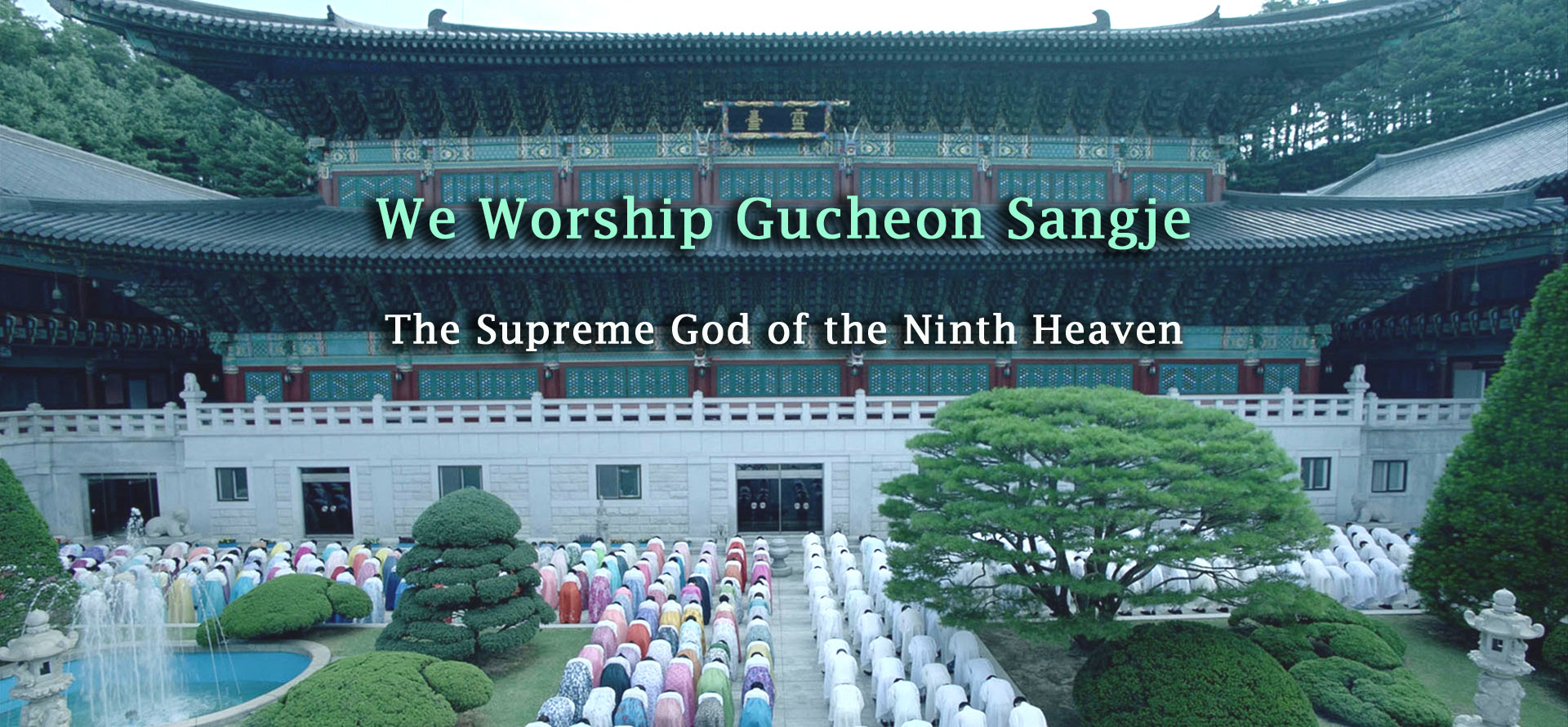
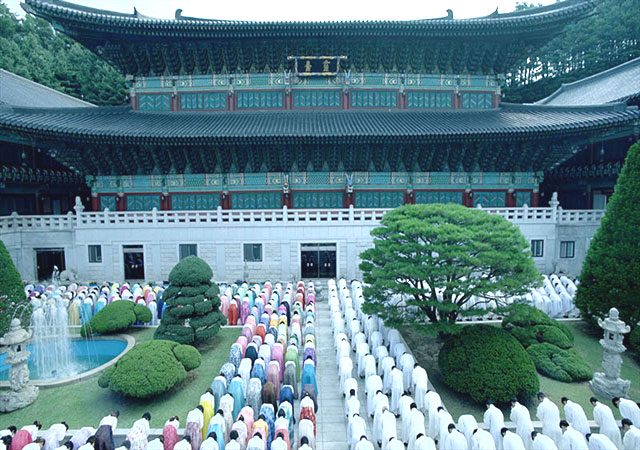

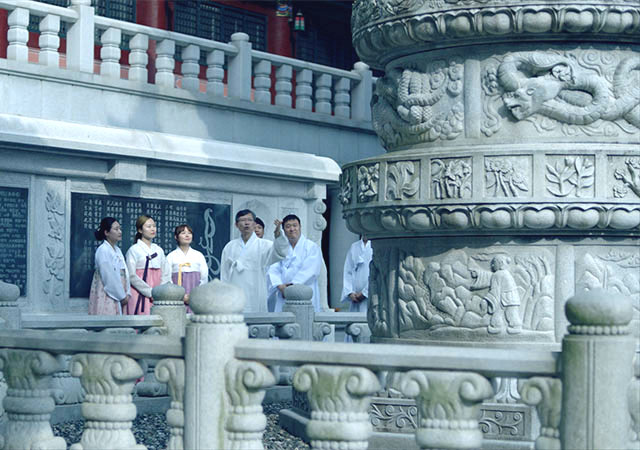
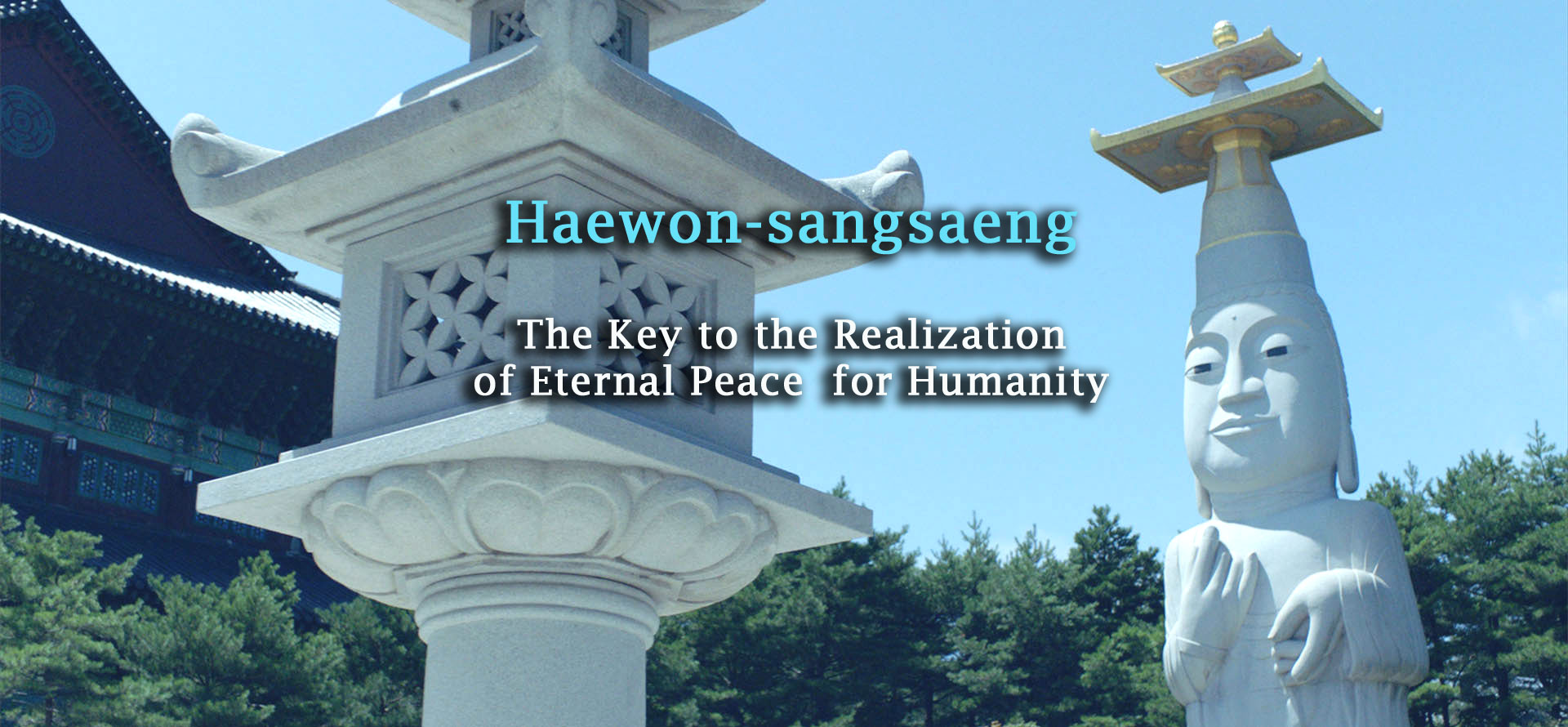
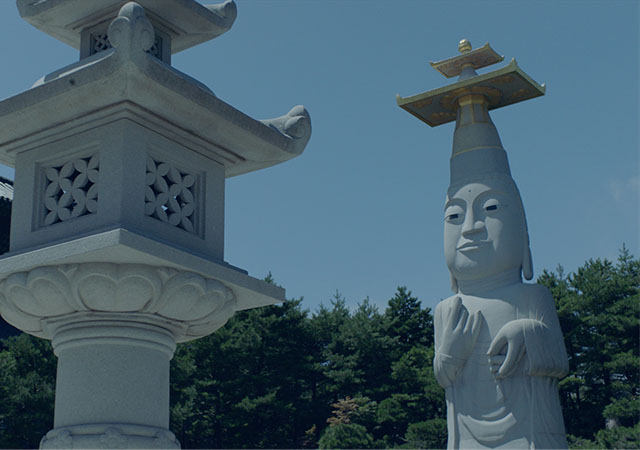

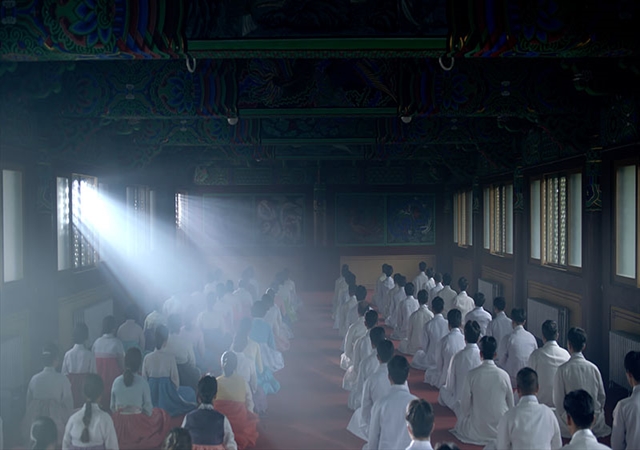
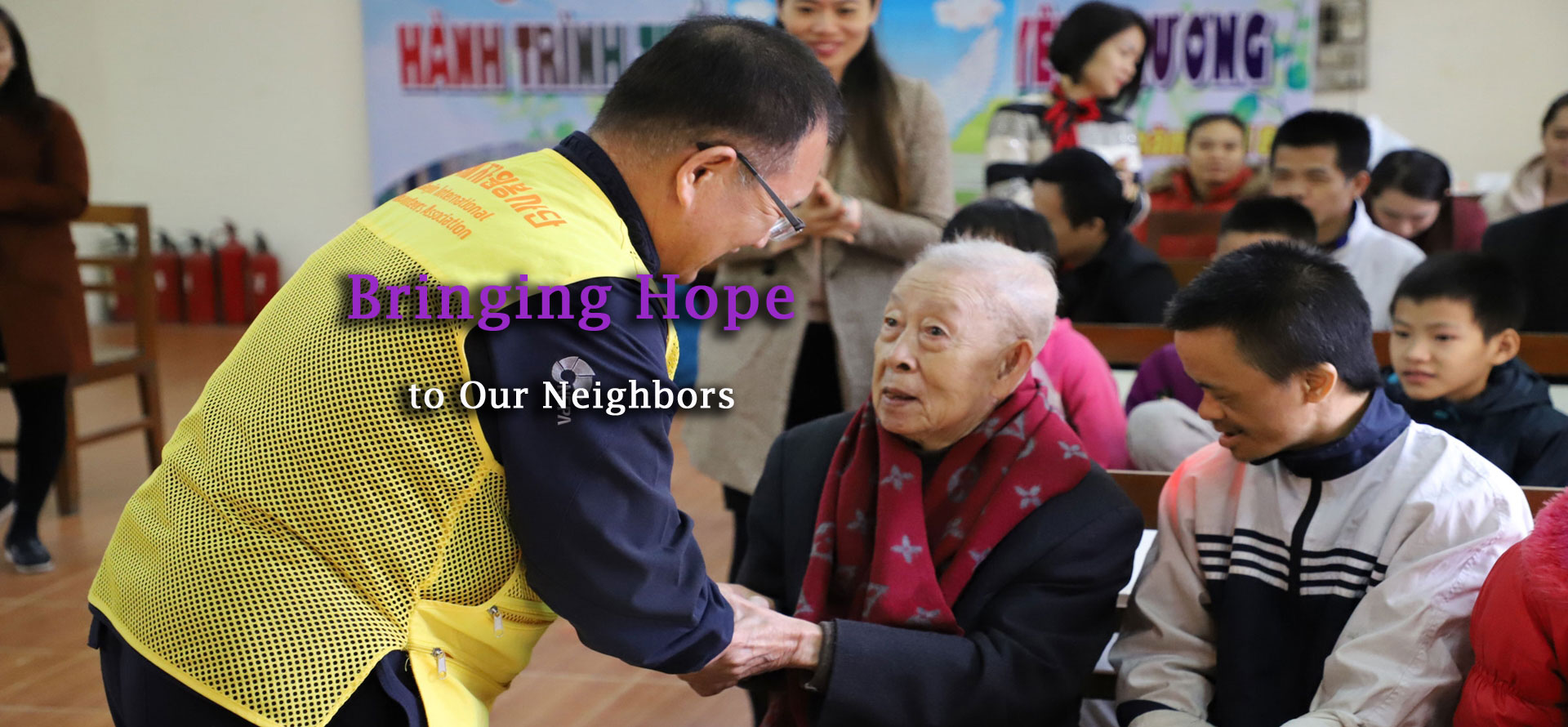
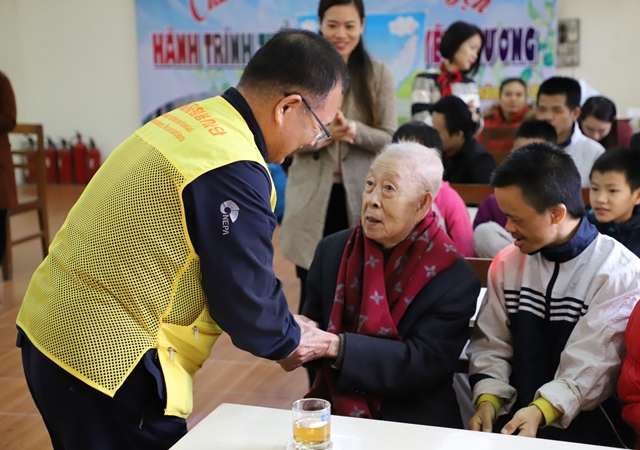

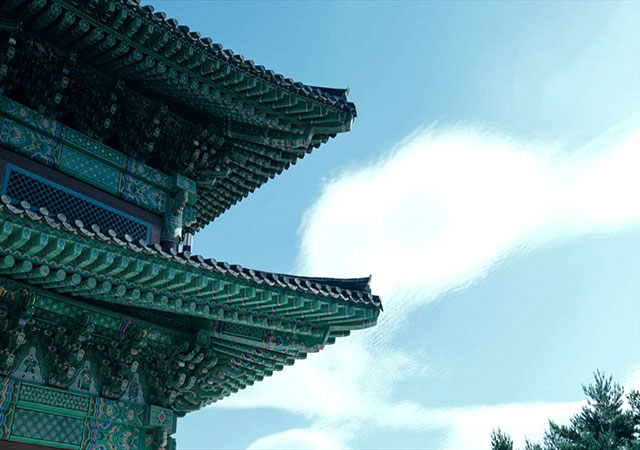
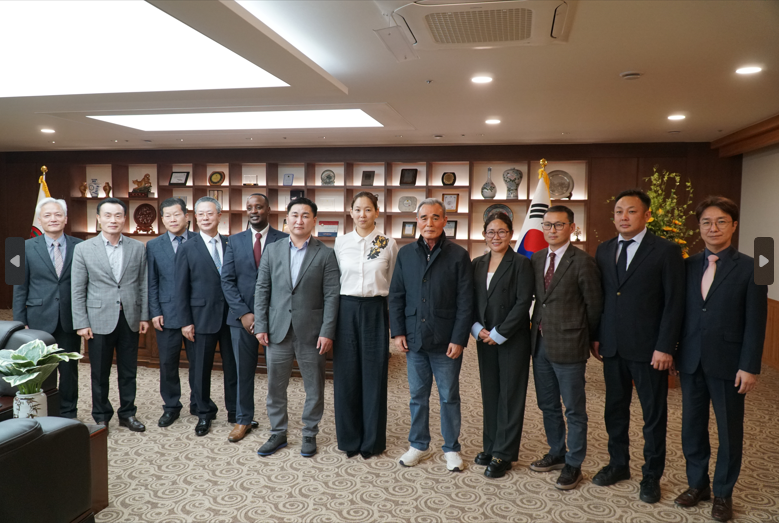
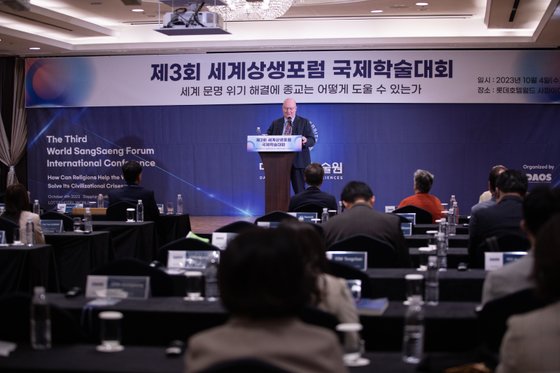
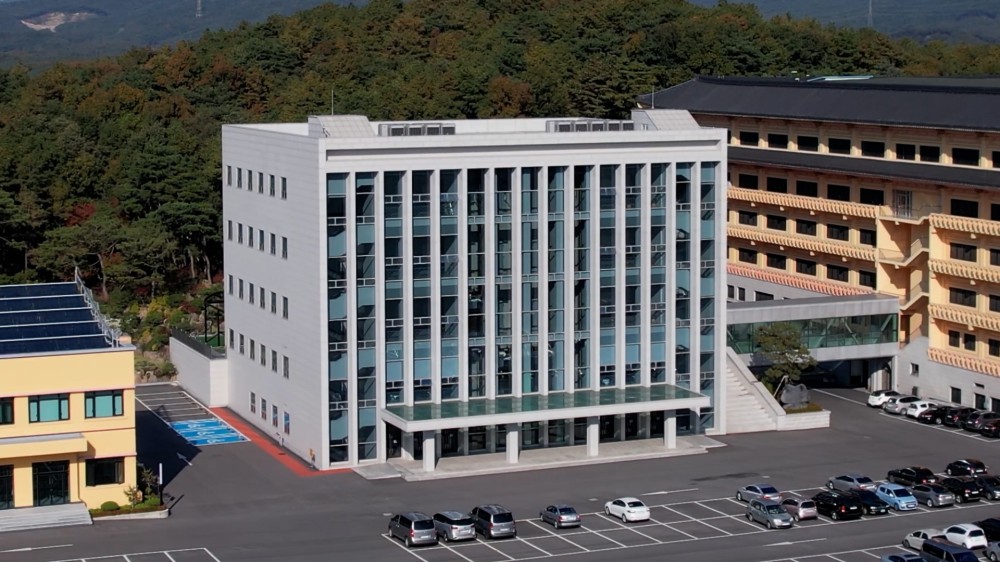

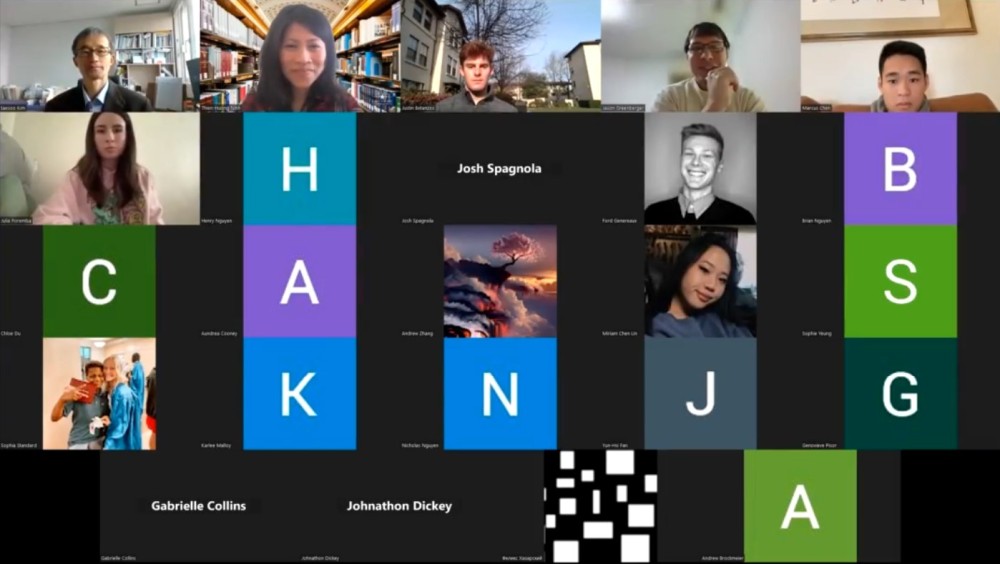
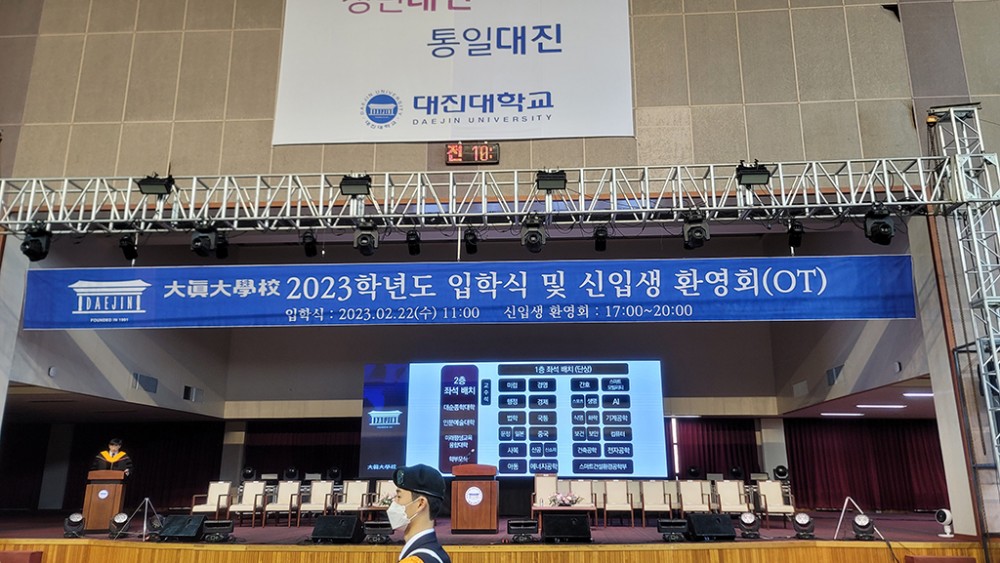
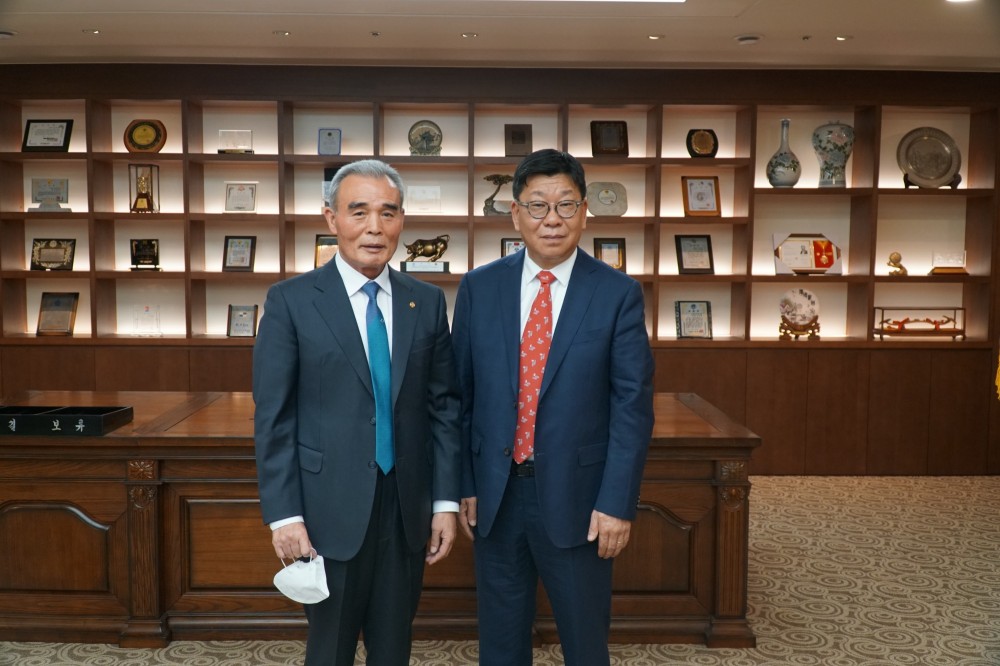

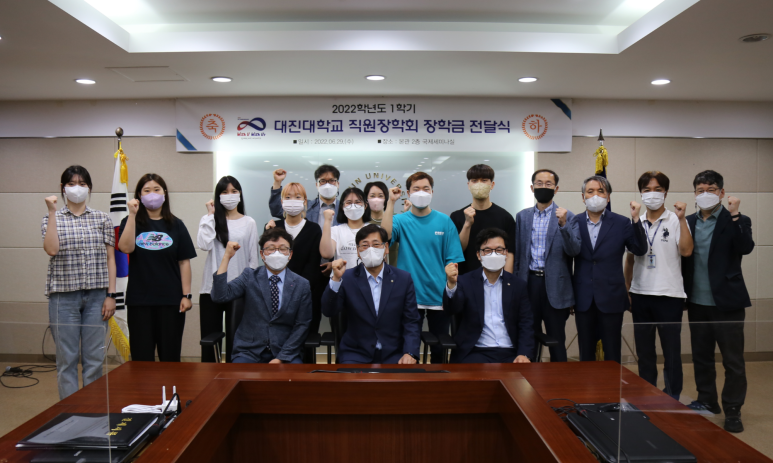
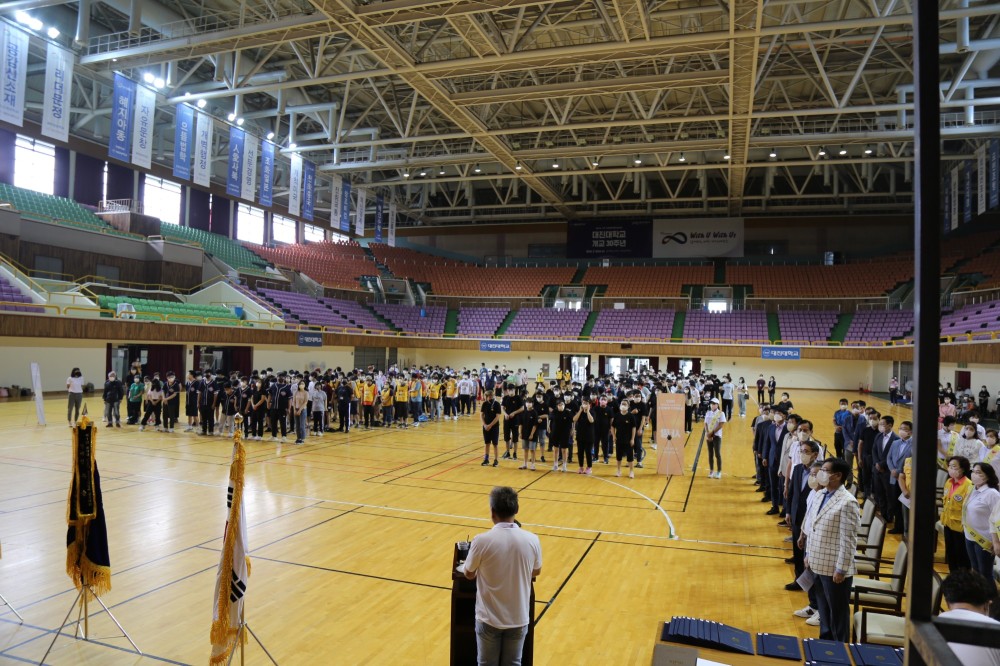
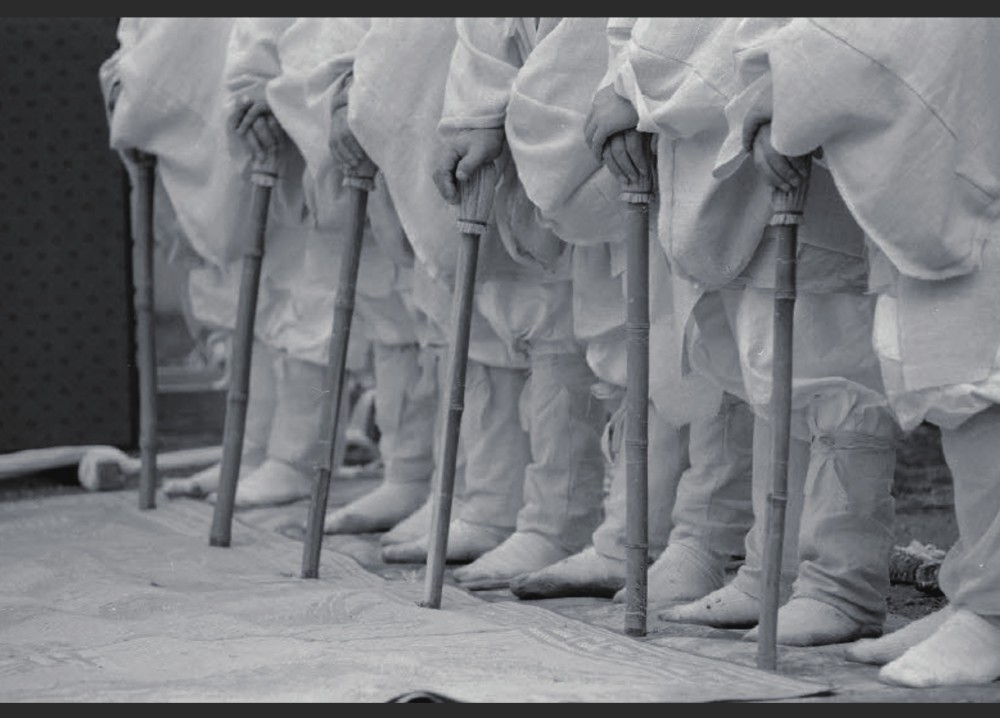
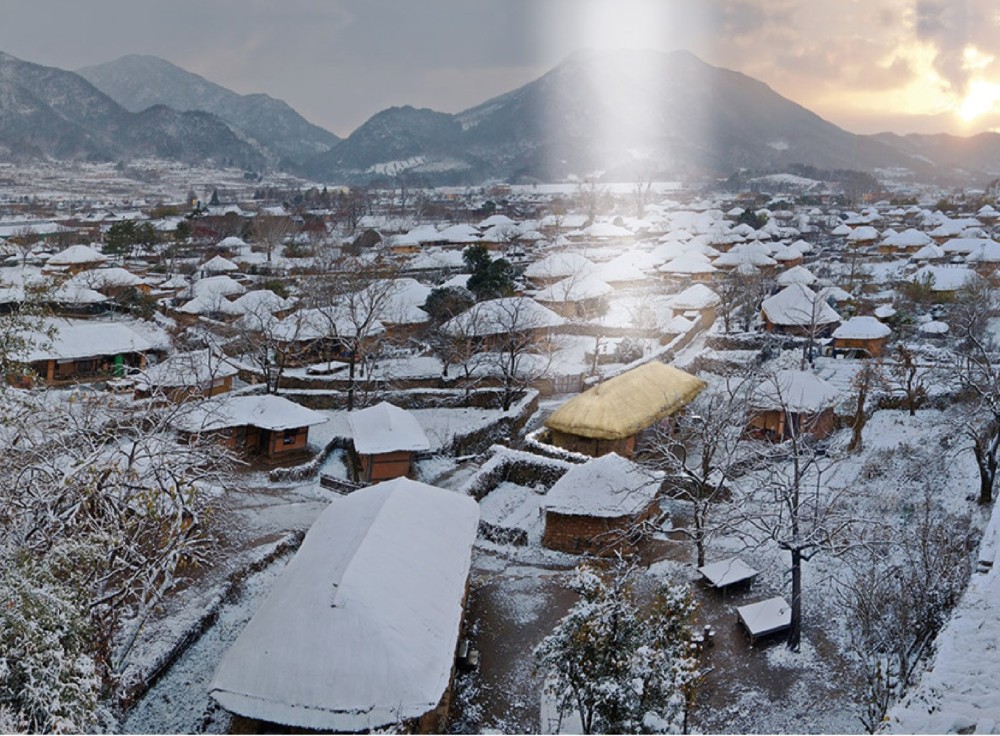

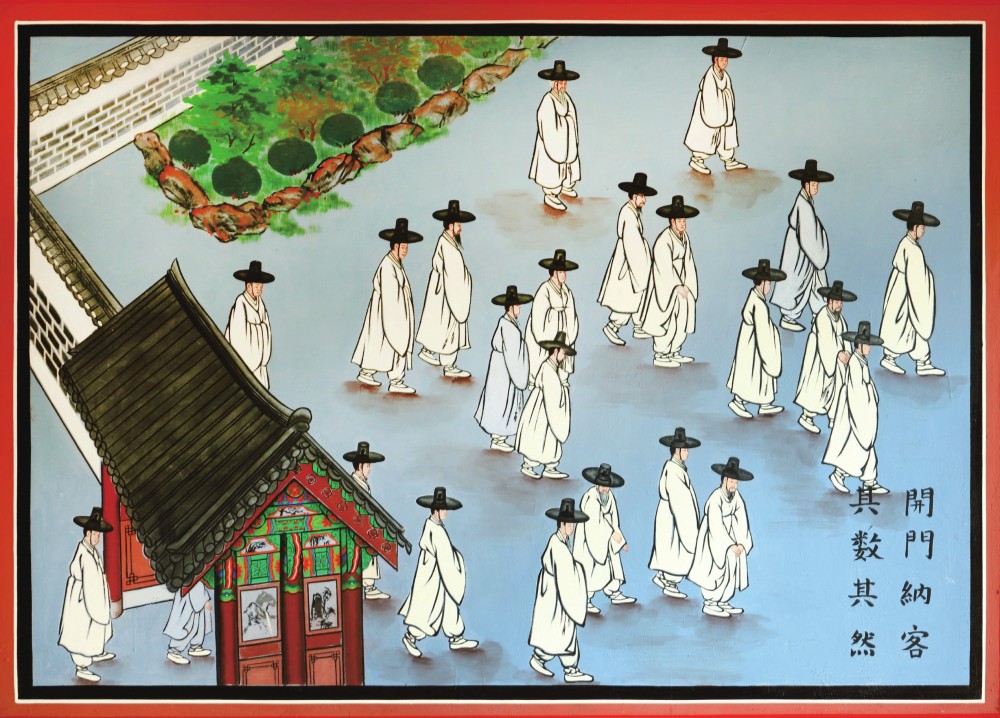
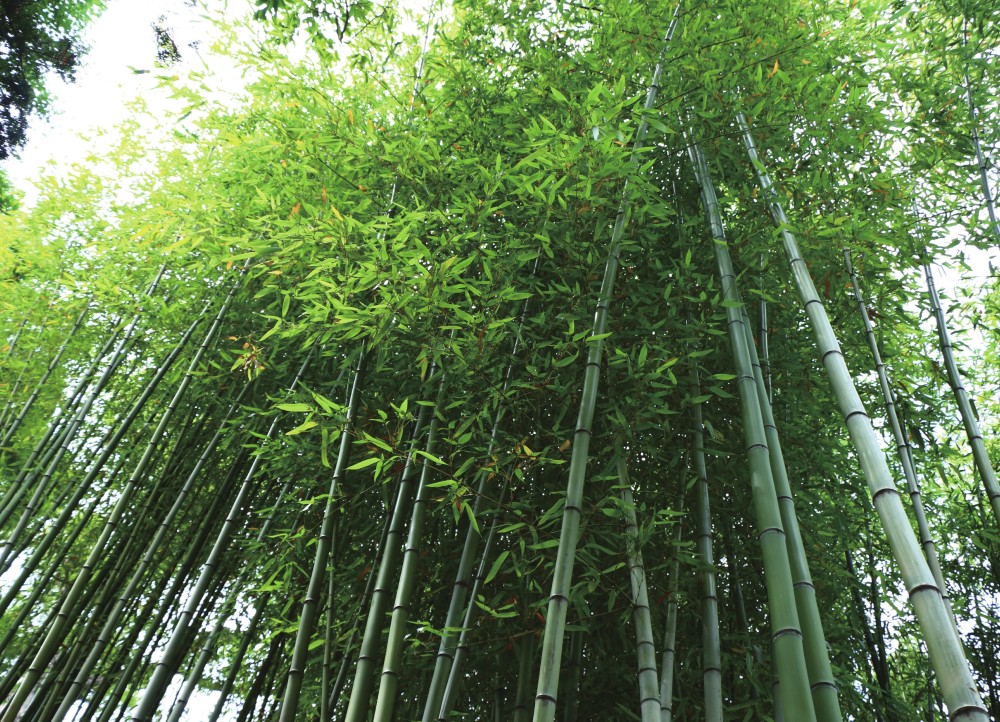

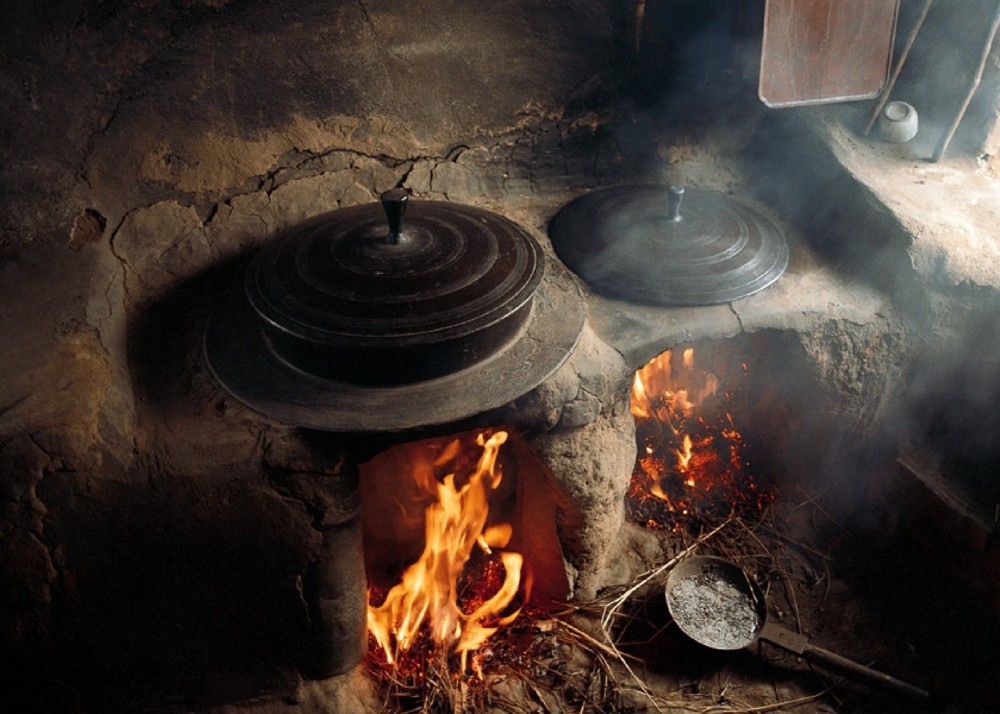
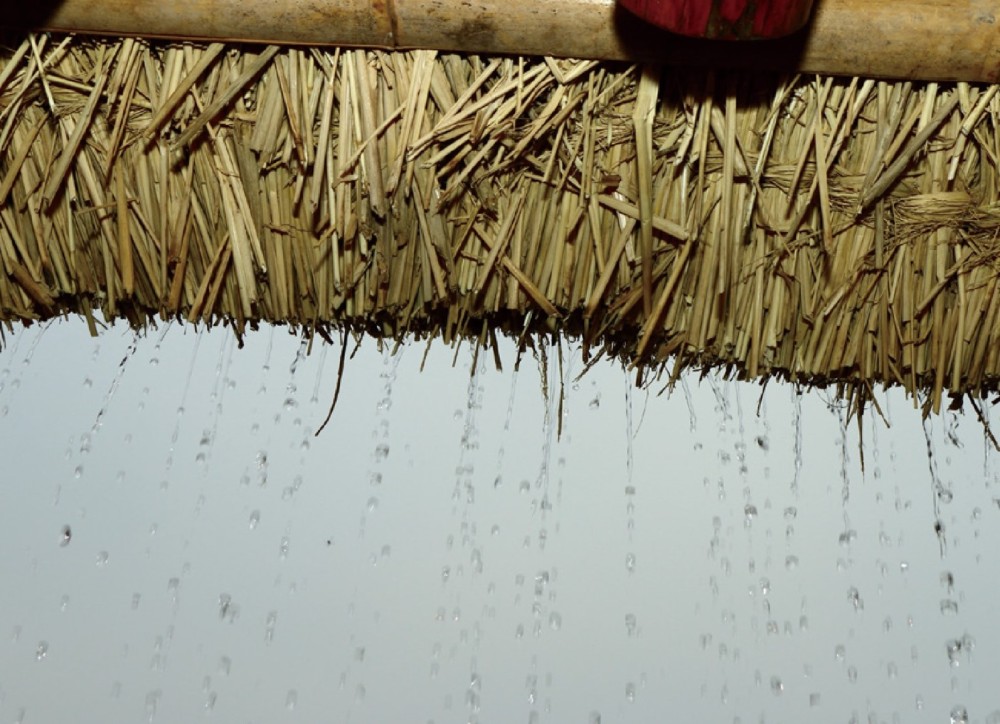
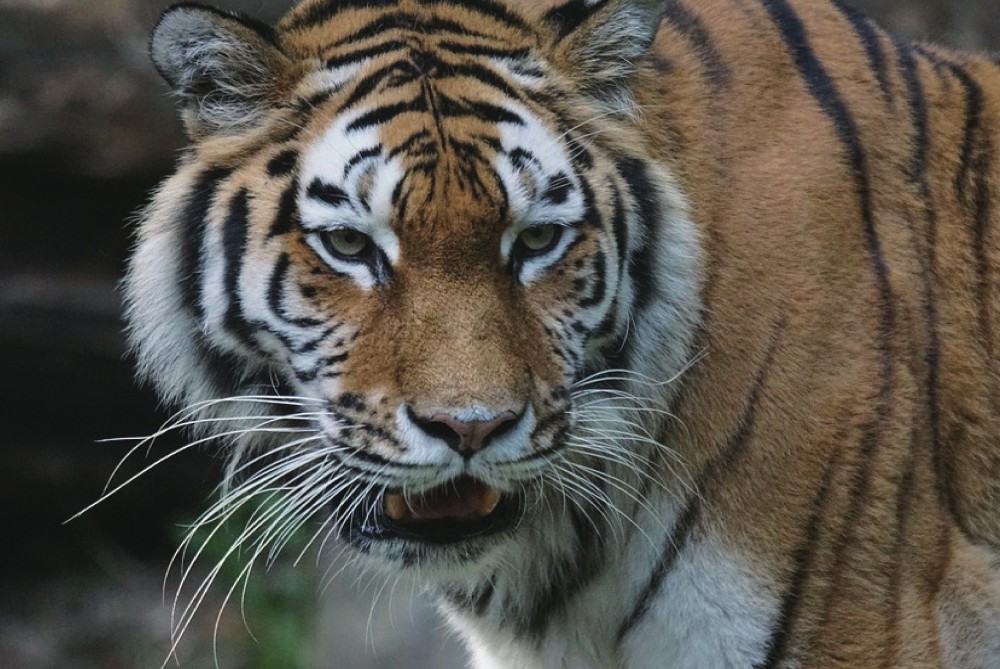




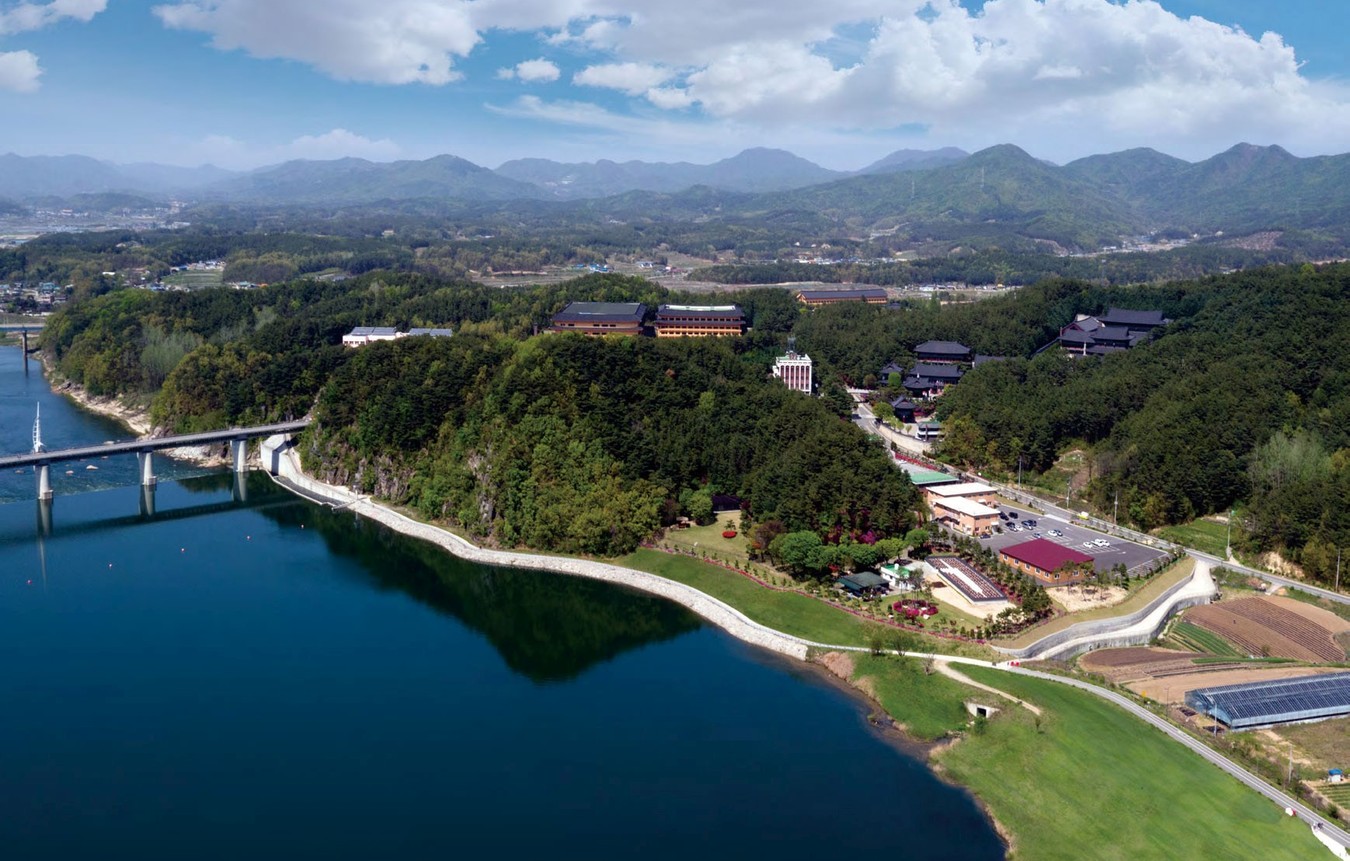
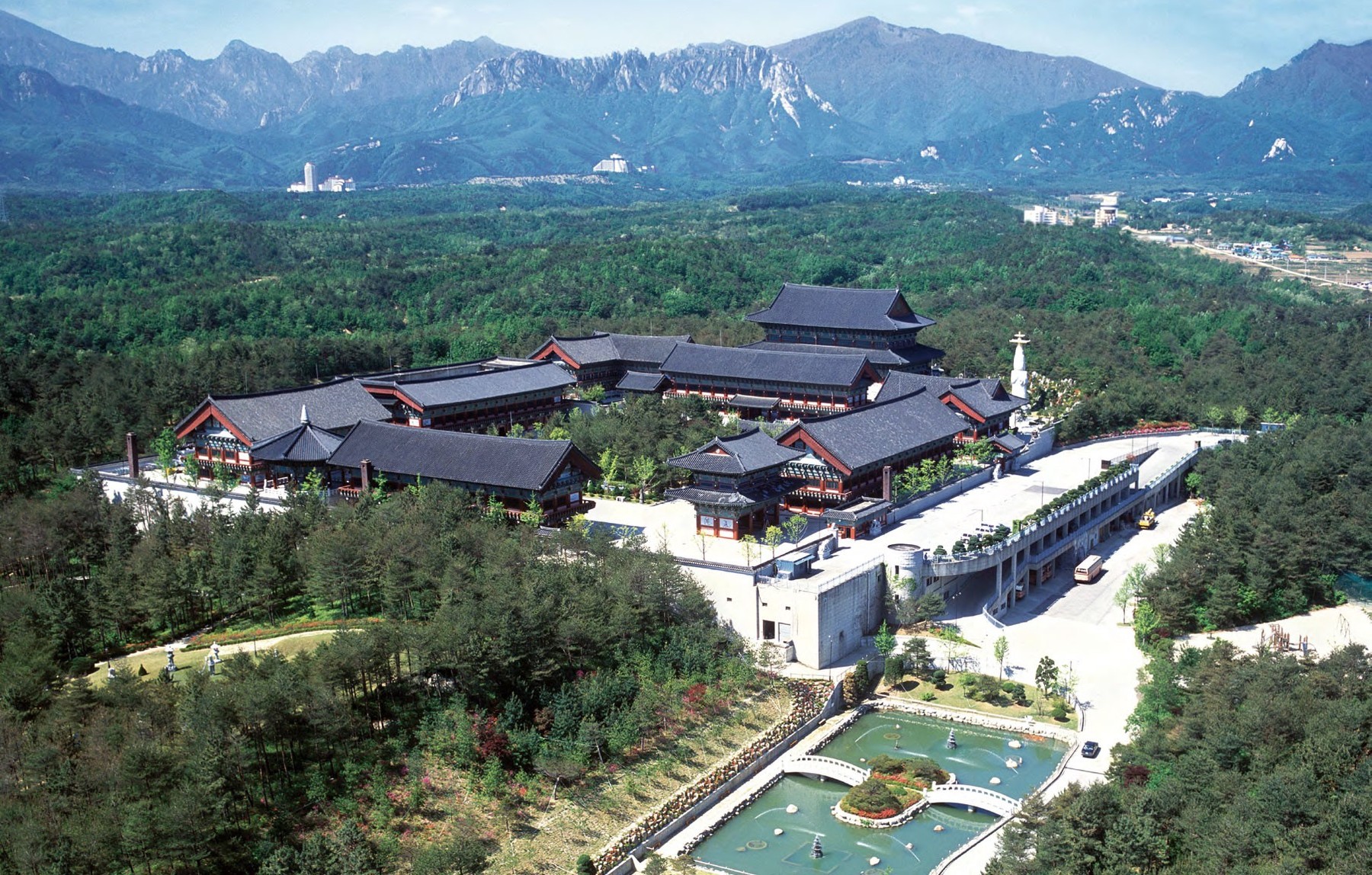
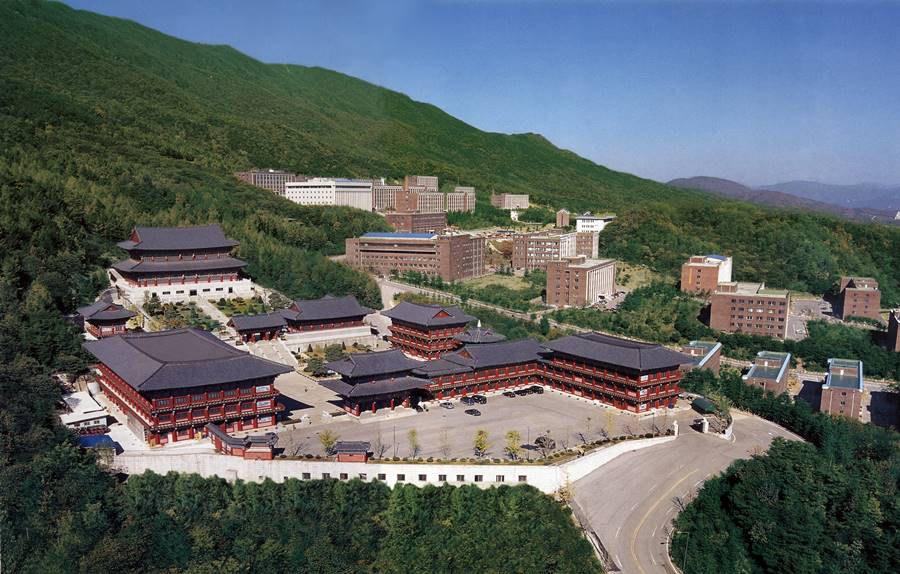
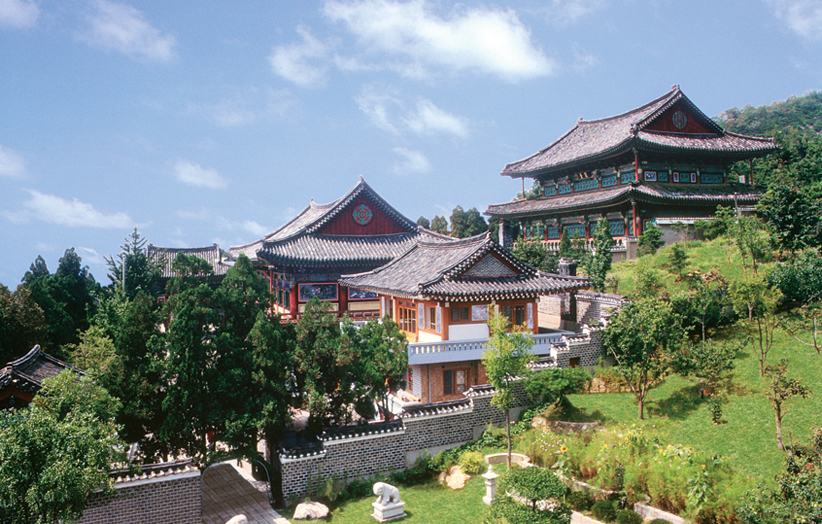
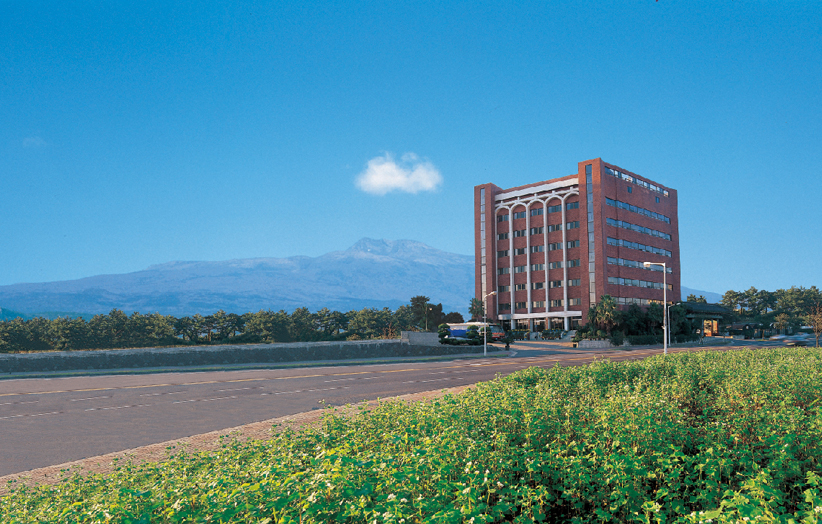
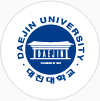 DAEJIN UNIVERSITY
DAEJIN UNIVERSITY BUNDANG JESAENG HOSPITAL
BUNDANG JESAENG HOSPITAL DAESOONJINRIHOE WELFARE FOUNDATION
DAESOONJINRIHOE WELFARE FOUNDATION DAEJIN INTERNATIONAL VOLUNTEERS ASSOCIATION
DAEJIN INTERNATIONAL VOLUNTEERS ASSOCIATION Daesoon Institute of Religion and Culture
Daesoon Institute of Religion and Culture DAEJIN HIGH SCHOOL
DAEJIN HIGH SCHOOL DAEJIN GIRL'S HIGH SCHOOL
DAEJIN GIRL'S HIGH SCHOOL DAEJIN DESIGN HIGH SCHOOL
DAEJIN DESIGN HIGH SCHOOL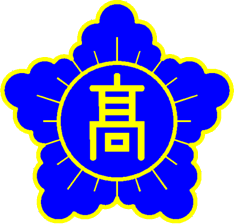 BUSAN DAEJIN HIGH SCHOOL
BUSAN DAEJIN HIGH SCHOOL ILSAN DAEJIN HIGH SCHOOL
ILSAN DAEJIN HIGH SCHOOL BUNDANG DAEJIN HIGH SCHOOL
BUNDANG DAEJIN HIGH SCHOOL THE DAESOON YOUTUBE
THE DAESOON YOUTUBE